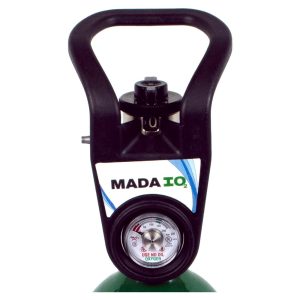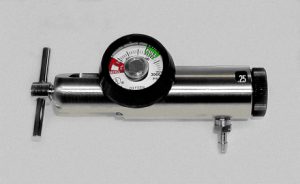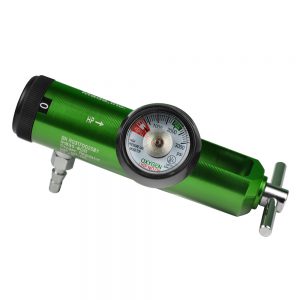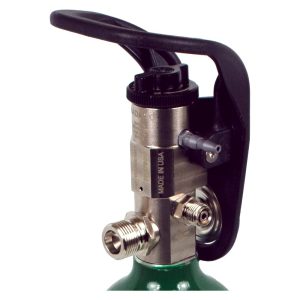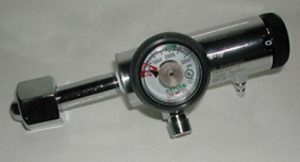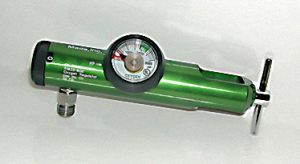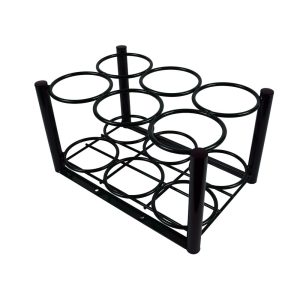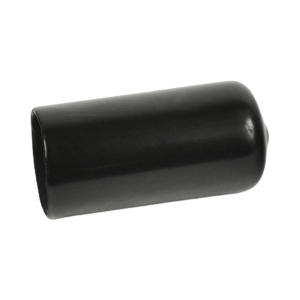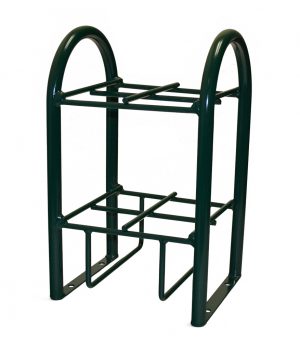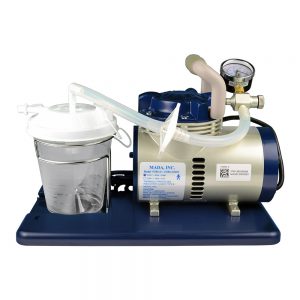Cylinder Sizes, Picking The Right Size For You

To choose the correct oxygen cylinder size, you need to consider your prescribed oxygen flow rate, the duration of use, and your mobility needs. Larger cylinders hold more oxygen, but are heavier and less portable, while smaller cylinders are more portable but need more frequent refilling.
Factors to consider:
- Oxygen Flow Rate: The amount of oxygen you need per minute, prescribed by your doctor, dictates the cylinder size. Higher flow rates require larger cylinders for longer durations.
- Duration of Use: Determine how long you’ll need oxygen therapy, whether it’s for short outings, overnight use, or continuous support. Longer durations require larger cylinders or more frequent refills.
- Portability: Consider your lifestyle and whether you need to move around with your oxygen. Smaller, lighter cylinders are better for mobility, while larger cylinders are suitable for stationary use.
- Home Setup: Assess your living space, including stairs, and if you need oxygen at home or while traveling.
- Oxygen Concentrator: If you have an oxygen concentrator, a smaller cylinder can serve as a backup for power outages or travel.
Common Cylinder Sizes and Their Uses:
| Size D | Smaller, portable, suitable for short outings and as a backup to a concentrator. |
| Size E | Larger than D, offers longer use, good for home and night use. |
| Size G | Large, typically used in hospitals, ambulances, and as a backup for concentrators. |
| Size M | A newer designation, refer to your supplier for the equivalent of older sizing like D or E. |
Important Considerations:
- Consult with your doctor and oxygen supplier: They can assess your individual needs and recommend the appropriate cylinder size and oxygen delivery system.
- Understand cylinder markings: Oxygen cylinders are marked with size (e.g., D, E) and capacity (e.g., liters of oxygen).
- Safety precautions: Always follow safety guidelines for handling and using oxygen cylinders.

